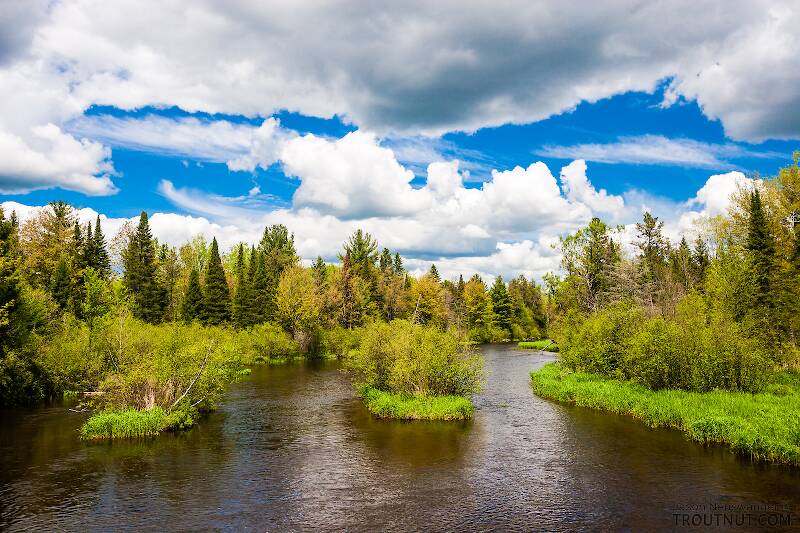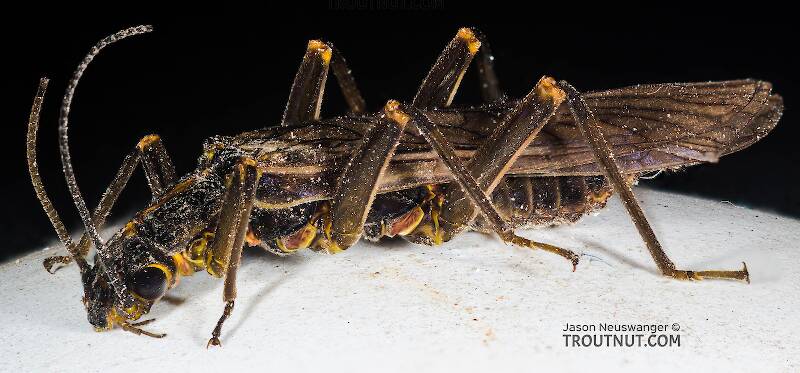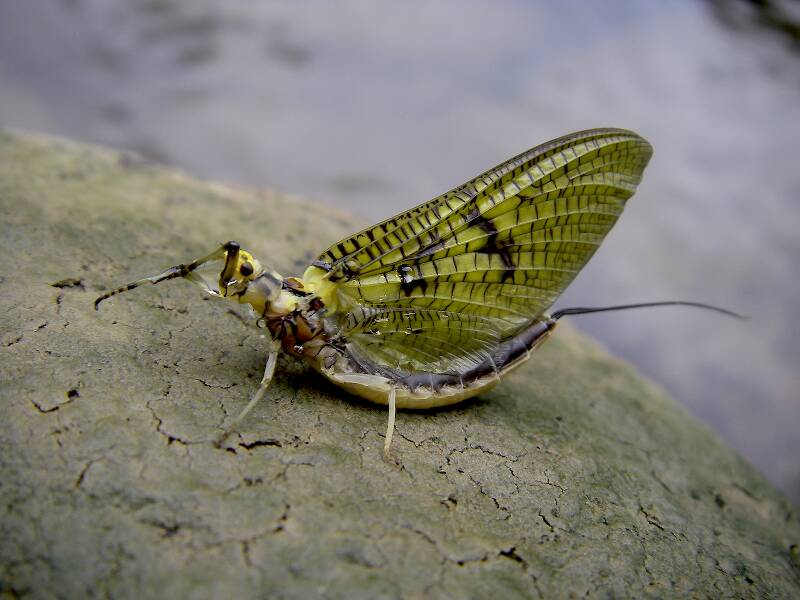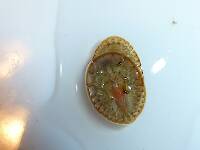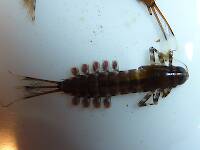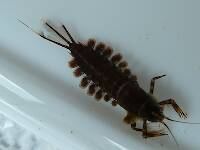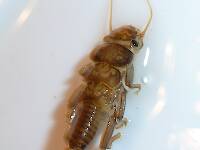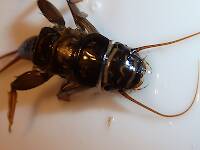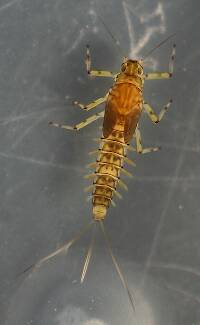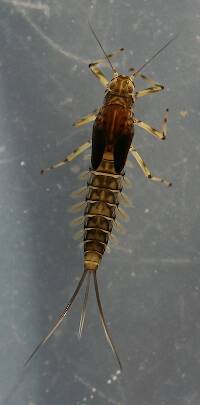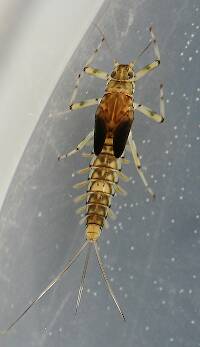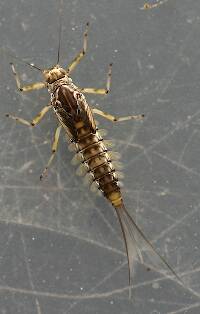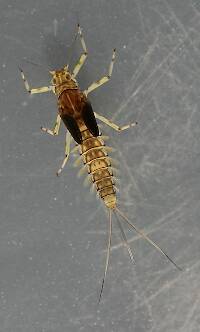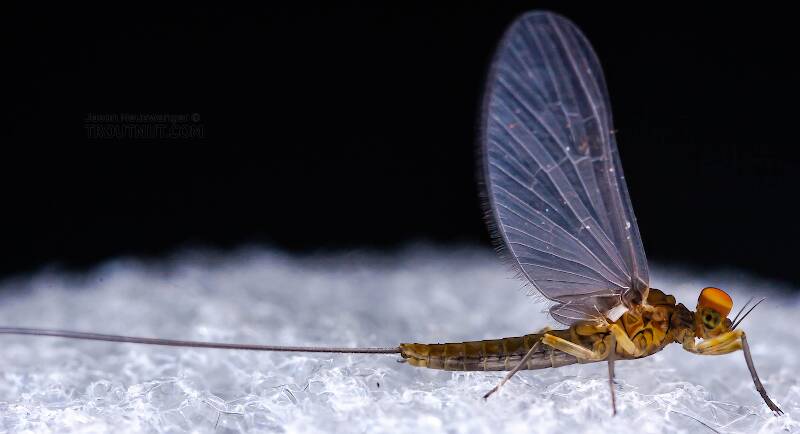
Blue-winged Olives
Baetis
Tiny Baetis mayflies are perhaps the most commonly encountered and imitated by anglers on all American trout streams due to their great abundance, widespread distribution, and trout-friendly emergence habits.
Featured on the forum

Troutnut is a project started in 2003 by salmonid ecologist Jason "Troutnut" Neuswanger to help anglers and
fly tyers unabashedly embrace the entomological side of the sport. Learn more about Troutnut or
support the project for an enhanced experience here.
Feathers5
Posts: 287
Posts: 287
Feathers5 on Mar 14, 2013March 14th, 2013, 5:14 am EDT
I realize we post microscopic photos of bugs for identification purposes and that's a great practice. I'd like to make a request-suggestion that at least one photo of the specimen be photographed from a regular ocular distance.
Crepuscular on Mar 14, 2013March 14th, 2013, 5:56 am EDT
Are you talking about nymphs or adults and what species?
Feathers5
Posts: 287
Posts: 287
Feathers5 on Mar 14, 2013March 14th, 2013, 6:10 am EDT
Any species and stage of maturity. If you post a nymph for example, back off on the macro for just one shot of whatever you're photographing; nymphs, emergers adults, spinners, or the O'Jays.
Crepuscular on Mar 14, 2013March 14th, 2013, 6:43 am EDT
Lastchance on Mar 14, 2013March 14th, 2013, 5:59 pm EDT
Excellent! That's exactly what I mean. Thanks, Eric.
Is it my eyes or does thorax remain a lighter olive color?
The abdomen seems to have turned a dark olive/grey, but the thorax appears a lighter olive color.
Is it my eyes or does thorax remain a lighter olive color?
The abdomen seems to have turned a dark olive/grey, but the thorax appears a lighter olive color.
Quick Reply
Related Discussions
Topic
Replies
Last Reply

